Engage your non-tech-savvy workers during a supply chain transformation.
In today’s digital landscape, supply chain transformation isn’t just a tech upgrade—it’s a people-centric revolution. As companies modernize their operations and integrate state-of-the-art systems, they often face a challenge: how do we empower seasoned employees who might not be as comfortable with technology? Here are some essentials to reduce digital friction and enhance adoption.
Honor their expertise.
Non-tech-savvy workers are the backbone of your organization. They often understand the intricacies of operations better than anyone else.
Frame their engagement in your digital transformation as tapping into a well of their practical insights.
Because that’s what it is. You need the input and adoption of employees – especially those “on the ground.” So, rather than framing digital transformation as a stark departure from the ways they’ve made your company successful, position it as an evolution that builds on their expertise. This is a collaboration, so it must be based on mutual respect and shared goals.
Tell the right stories.
Sometimes, the best way to inspire involvement is by sharing success stories. Highlight case studies—both from within your organization and from others in your industry—where similar transformations have boosted efficiency and enriched the work experiences of team members.
Tell the story of a journey toward group success rather than an imposition of new rules and technology.
For example, when a manufacturing unit introduced an intuitive inventory management system, their veteran workers hesitated, but they eventually became the system’s biggest champions. How? Their real-world insights led to iterative improvements that made the tool more user-friendly for everyone. Telling real stories like that gives hope and validates the efforts of every worker involved.
Speak their language.
One of the most daunting aspects for employees who are not digital natives is the jargon. A lot of the complex language is just unnecessary. Transforming this narrative starts with simplicity:
Use relatable language. Avoid overly technical terms. Instead, explain connections between new systems and familiar tools or everyday processes.
Create visuals and demonstrations. Use diagrams, flowcharts, or even analogies from everyday life to illustrate how a digital tool will fit into their normal workday.
Break it down. Provide clear mini-guides or ‘cheat sheets’ that walk users through system functionality in bite-sized pieces. Work with the employees on the ground to develop make sure the cheat sheets use the right language.
Don’t forget the WIIFM. When you’re talking about the “why” of the new system, think from the employee’s point of view. Of course, the organizational strategy will be served, but how will the change make the work better – easier, more interesting, more impactful, or safer? Safety is a big part of the culture in industries like Manufacturing and Energy. Talk about how the new technology mitigates inherent risks like driving, working at heights, or working with heavy machinery.
By demystifying the technology, you turn it into a tool for empowerment instead of a barrier to engagement.
Train them effectively.
Non-tech-savvy workers don’t need a one-shot, super technical, intense session. They need a longer runway and an experience that makes sense to them. They need custom, personalized training and continuous learning opportunities.
Use trainers who know the work. Ask your functional subject matter expertise to identify employees who would make great trainers. People appreciate learning from their colleagues, not consultants. Spend adequate time training the trainers.
Build training around their job roles. Learning should happen in the context of their real job functions, so use realistic scenarios to set up demonstrations and practice activities. And teach only what they need. For instance, while managerial staff might need to understand analytics dashboards, shop-floor employees need to learn the functionality they need to keep the operation running.
Give learners a taste of success. Let users “play in the system” during training, using realistic scenarios and activities. Then, use a “sandbox” environment to allow them to practice after training and before go-live; they’ll get a better feel for the new ways of working.
Foster mentorship. Pair less digitally inclined workers with tech-savvy peers. This not only accelerates the learning curve but also builds camaraderie across generations and skill sets. And it gives the worker an on-demand source of support. Speaking of which…
Create on-demand resources. Workers can’t easily get to the performance levels you need inside a training session. They will continue learning on the job. So, give them easily accessible video tutorials, FAQs, job aids, and peer experts they can use and revisit at their own pace.
Support the real work after go-live. Make sure you have a support process in place. Where do folks go when they need help? Are they reaching out to the project team? Should they go to the helpdesk? What’s the process for submitting issues? Build the support system and answer all these types of questions.
By continuously supporting learning and offering multiple avenues of engagement, transformation becomes accessible—and even exciting.
Keep talking.
A successful transformation is built on two-way communication. Encourage your team to share their experiences, challenges, and their small wins with the new system. Here are some ideas.
Schedule regular check-ins. Schedule informal roundtable sessions or “digital clinics” where employees can voice concerns, practice new skills, and even suggest improvements. Set up lessons learned sessions or retrospectives to allow users to talk about things they’ve learned OR ways to do things better the next time. This is especially important when you’re doing multiple phases or rollouts.
Reinforce their progress. Celebrate milestones, whether it’s trying an online activity for the first time, completing training, mastering a new feature, or hitting a team performance metric. Every organization “celebrates” differently. Find out the best way to recognize your employees. For some organizations, it could be a certificate. Other organizations appreciate cold, hard cash! What works in your organization? The right recognition can transform apprehension into pride.
Use feedback loops. Solicit employee input to refine functionality, communications, training, and support resources. When workers see tangible changes stemming from their feedback, it reinforces their sense of ownership and trust.
Create an environment for your next success.
At its core, a supply chain transformation is about synergy. Create an environment where every employee, regardless of their technological proficiency, feels included in innovation.
Encourage cross-functional teams. Blend experienced non-techie workers with digital experts to work on projects together. That kind of diversity promotes broader perspectives and better problem-solving.
Invest in change leadership. Identify and empower internal ambassadors or “change champions”: who believe in the digital vision and can help bridge the gap. These leaders will naturally grow into mentors and drive motivation across the ranks. As you do, be mindful of culture and pick the right influencers. For example, first-line supervisors are the key to getting the masses on board in some organizations. Be realistic; sometimes the shop floor needs to hear a message from their direct supervisor, not someone from corporate HQ or even a respected peer.
Foster a culture of collaboration. Beyond formal training sessions, organize informal events or ‘lunch-and-learn’ sessions that naturally encourage sharing and learning.
A collaborative environment transforms the transformation project from a top-down mandate into a collective, inclusive mission.
Supply chain transformation is an opportunity to reimagine not only your processes but also the very fabric of your organization. By engaging non-tech-savvy workers and valuing their experiences, you can make your digital evolution inclusive, effective, and sustainable. Remember, transformation is not merely about installing new software; it’s about enabling the entire organization: people, process, and technology. Let’s bridge that digital divide and make sure everyone is part of the digital future.
Want to explore this topic in more detail or learn more about Emerson? Hop on his calendar: Book a meeting with Rich




